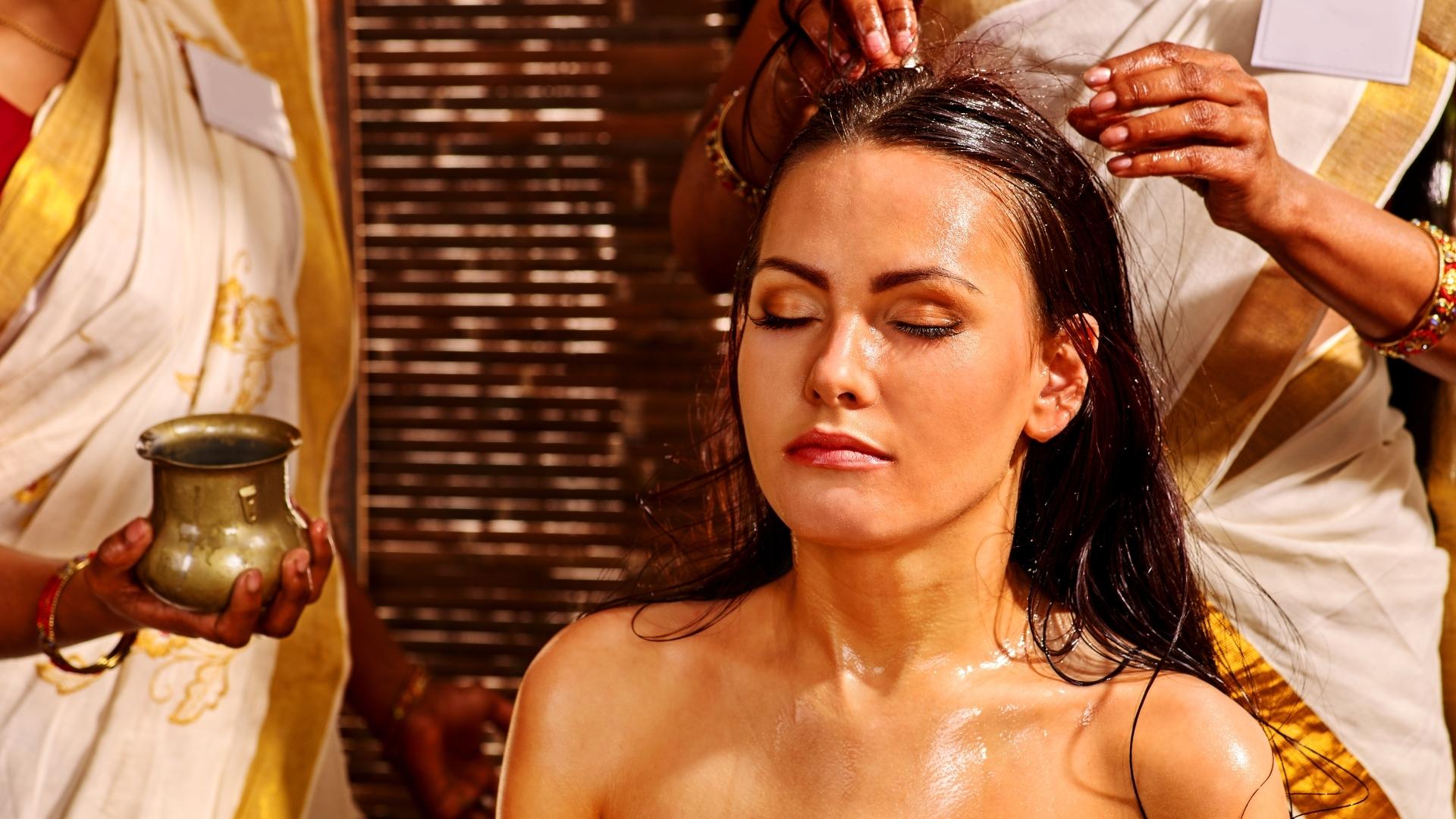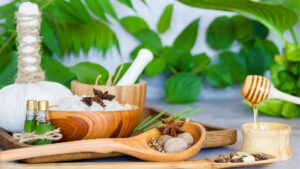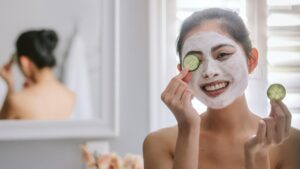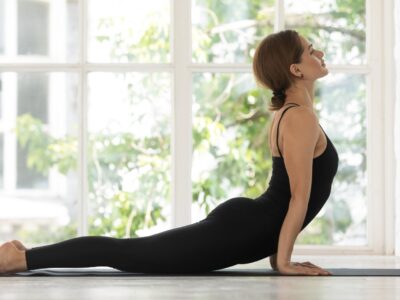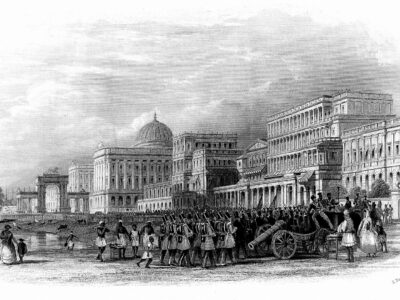Panchakarma includes five procedures of Ayurveda medicine to purify and detoxify the body. Ayurveda wraps around the concept that all people comprise three doshas or bodily humour. After determining an individual’s unique combination of doshas, they are to engage in the various processes of panchakarma. These processes include massage, yoga, meditation, and other detoxification or cleansing activities. The result is the pacification of the individual doshas through nourishment provided by a combination of herbs, minerals, and a balanced diet. The increased doshas get eliminated from the body subsequently.
The main goals of panchakarma are eradicating disease, or shodhana, and the subsequent mitigation of that disease and its symptoms, or shamana. Exercising panchakarma on a healthy person has a rejuvenating effect.
The Five Actions of Panchakarma
Developed in India, panchakarma consists of five actions. While there are slight variations in practices among the various regions of India, these distinct actions include:
- Nasaya (nasal therapy)
- Vamana (emesis)
- Virechana (purging)
- Niroohavasti (herbal decoctions)
- Snehavasti (herbal oils)
These five procedures involve the purification of the body by eliminating all toxins accumulated within it. Traditionally, the fourth step is a combination of the last two vastis. The fifth step was originally called raktamokshana, which is no longer in use as it involves medical venipuncture. In some regions, leeching is in practice as a substitute for this step.
The Three Stages of Panchakarma Treatment
1. Purva Karma (Pre-treatment)
Purva Karma, or pre-treatment, involves using oil therapy, fomentation therapy, and massage to help the doshas and toxins to move into the nourishing, or digestive, tract from the body’s extremities in preparation for elimination.
2. Pradhana Karma (Primary treatment)
The toxins and doshas moving into the alimentary tract get eliminated during the treatment. This primary treatment is the panchakarma, comprised of the five actions above.
3. Paschyat Karma (Post-treatment)
The process involves a healthy dietary regimen, herbs, and restricted bodily exertion combined to promote health and wellbeing. This process includes administering the foods and nutrients the body requires after purification.
After completing the treatment, patients can leave and return to their lives purified, detoxified, and armed with the tools and techniques to remain in that healed state.

